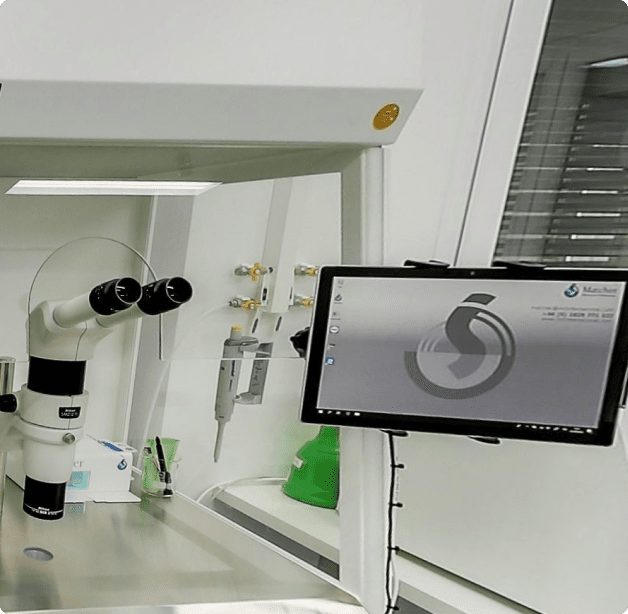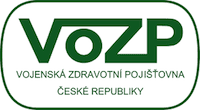Why choose ReproGenesis?
CUTTING-EDGE FERTILITY TREATMENT, PROFESSIONAL AND CARING
ReproGenesis Fertility Clinic is considered to be one of the best IVF clinics in Europe by our patients. It is located in Brno in the Czech Republic and provides world-class standards and personal care at affordable prices. Our medical team is driven by a strong desire to help, maintain high standards and provide the best service possible.
FRESH DONOR EGG PROGRAM GUARANTEE AND SHARED RISK PROGRAM
ReproGenesis guarantees, within the fresh egg donor program, 6-8 top quality donor eggs and 2 top quality embryos for transfer. Fresh donor embryo program guarantees 2 top quality embryos for freezing. ReproGenesis is running Shared Risk Program with fresh donor cycles.
RUNNING A HIGHLY DEVELOPED DONOR DATABASE
ReproGenesis manages the most advanced donor database in the Czech Republic, being able to locate the best match for couples who need egg, sperm or embryo donation treatment. ReproGenesis is proud to be recognized as being a responsible clinic who takes the lead in donor welfare.
IMT MATCHER ELECTRONIC QUALITY MANAGEMENT SYSTEM
Matcher® is a proven electronic witnessing system used by IVF clinics worldwide combining sophisticated equipment, software, barcode labelling and imaging technology to record and double-check the identity of all materials used in every procedure throughout the treatment.

















